Similar to the Base Exchange system serving American military personnel, the British Navy, Army and Air Force Institutes (NAAFI) is the UK-government organization operating clubs, bars, shops and supermarkets in service to British armed forces, as well as naval canteen services (NCS) onboard Royal Navy ships.
NAAFI personnel serving on such vessels are assigned to duty stations and wear uniforms, while technically remaining civilians.
Tommy Brown was fifteen that day, lying about his age and enlisting in the NAAFI. He was assigned as canteen assistant to the “P-class” destroyer, HMS Petard.

On October 30, 1942, Petard joined three other destroyers and a squadron of Vickers Wellesley light bombers off the coast of Port Said Egypt, in a 16-hour hunt for the German “Unterseeboot”, U–559.
Hours of depth charge attacks were finally rewarded when the crippled U-559 came to the surface, the 4-inch guns of HMS Petard permanently ending the career of the German submarine.

The crew abandoned ship, but not before opening the boat’s seacocks. Water was pouring into the submarine, even as Lieutenant Francis Anthony Blair Fasson and Able Seaman Colin Grazier dived into the water and swam to the stricken sub, with junior canteen assistant Tommy Brown close behind.
With U-559 sinking fast, Fasson and Grazier made their way into the captain’s cabin. Finding a set of keys, Fasson opened a drawer and discovered a number of documents, including two sets of code books.
With one hand on the conning ladder and the other clutching those documents, Brown made three trips up and down through the hatch, to Petard’s whaler.

In the final moments, the ship’s cook called for his shipmates to get out of the boat. Brown himself was dragged under, but managed to kick free and come to the surface. Colin Grazier and Francis Fasson went down with the German sub.
The episode brought Tommy Brown to the attention of the authorities, ending his posting aboard Petard when his true age was revealed. Even so he was never discharged from the NAAFI, and later returned to sea on board the light cruiser, HMS Belfast.
In 1945, now-Leading Seaman Tommy Brown was home on shore leave, when fire broke out at the family home in South Shields. He died while trying to rescue his 4-year-old sister Maureen, and was buried with full military honors in Tynemouth cemetery.
Fasson and Grazier were awarded the George Cross, the second-highest award in the United Kingdom system of honors. Since he was a civilian due to his NAAFI employment, Brown was awarded the George Medal.

For German U-boat commanders, the period between the fall of France and the American entry into WW2 was known as “Die Glückliche Zeit” – “The Happy Time” – in the North Sea and North Atlantic. From July through October 1940 alone, 282 Allied ships were sunk on the approaches to Ireland, for a combined loss of 1.5 million tons of merchant shipping.
Tommy Brown’s Mediterranean episode took place in 1942, in the midst of the “Second Happy Time”, a period known among German submarine commanders as the “American shooting season”. U-boats inflicted massive damage during this period, sinking 609 ships totaling 3.1 million tons with the loss of thousands of lives, against a cost of only 22 U-boats.
USMM.org reports that the United States Merchant Marine service suffered a higher percentage of fatalities at 3.9%, than any American service branch in WW2.

Early versions of the German “Enigma” code were broken as early as 1932, thanks to cryptanalysts of the Polish Cipher Bureau, and French spy Hans Thilo Schmidt. French and British military intelligence were read into Polish decryption techniques in 1939, these methods later improved upon by the British code breakers of Bletchley Park.
Vast numbers of messages were intercepted and decoded from Wehrmacht and Luftwaffe sources through the Allied intelligence project “Ultra”, shortening the war by at least a year, and possibly two.
The Kriegsmarine was a different story. Fanatically jealous of security, Admiral Karl Dönitz introduced a third-generation enigma machine (M4) into the submarine service around May 1941, a system so secret that even the Wehrmacht and the Luftwaffe, were ignorant of its existence.
The system requires identical cipher machines at both ends of the transmission and took a while to put into place, with German subs being spread around the world.

All M4 machines were distributed by early 1942. On February 2, German submarine communications went dark. For code breakers at Bletchley Park, the blackout was sudden and complete. For a period of nine months, Allies had not the slightest idea of what the German submarine service was up to. The result was catastrophic.
U-559 documents were rushed back to England, arriving at Bletchley Park on November 24, allowing cryptanalysts to attack the “Triton” key used within the U-boat service. It would not be long, before the U-boats themselves were under attack.
The M4 code was broken by December 13, when the first of a steady stream of intercepts arrived at the Admiralty Operational Intelligence Office, giving the positions of 12 U-boats.
The UK Guardian newspaper wrote: “The naval historian Ralph Erskine thinks that, without the (M4) breakthrough, the Normandy invasion would have been delayed by at least a year, and that between 500,000 and 750,000 tons of allied shipping were saved in December 1942 and January 1943 alone”.
Tommy Brown never knew what was in those documents. The entire enterprise remained top secret, until decades after his death.
Winston Churchill later described the actions of the crew of HMS Petard as “crucial to the outcome of the war”. Untold numbers of lives that could have been lost. But for the actions of two courageous sailors. And a sixteen-year-old ship’s cook.


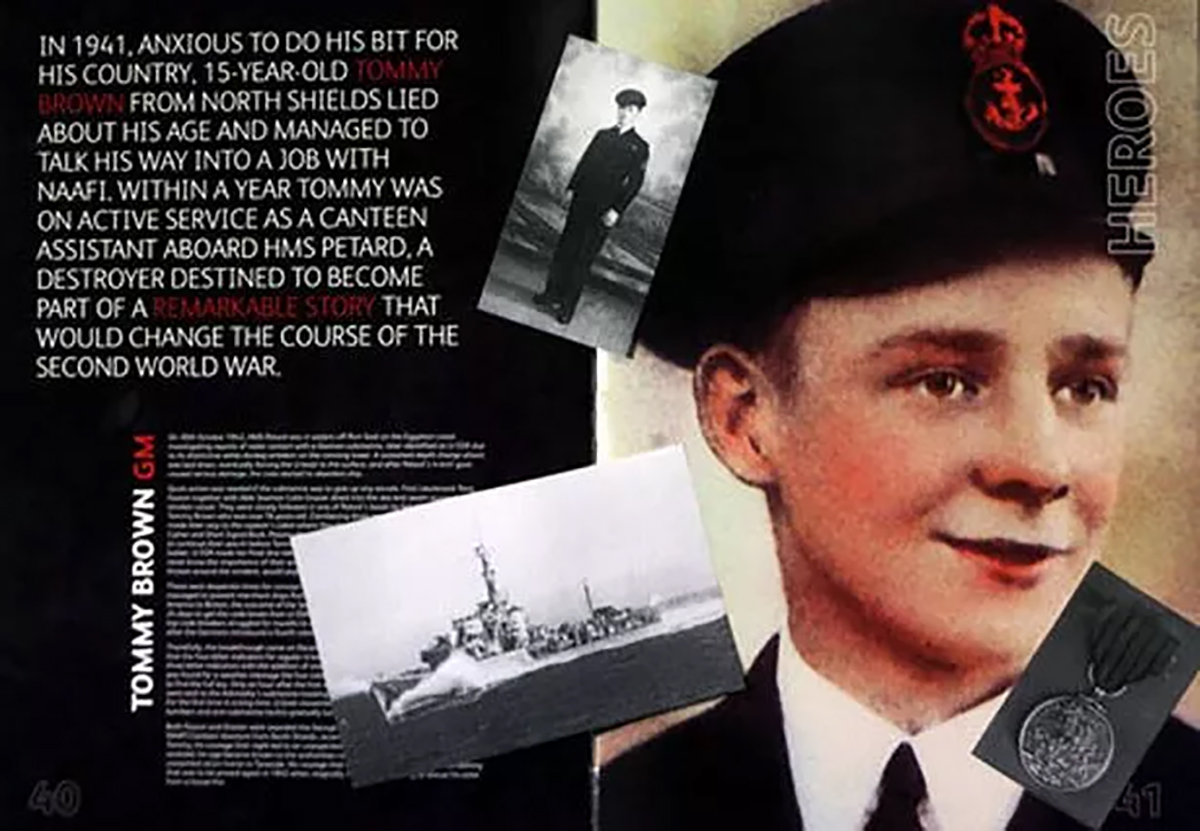






























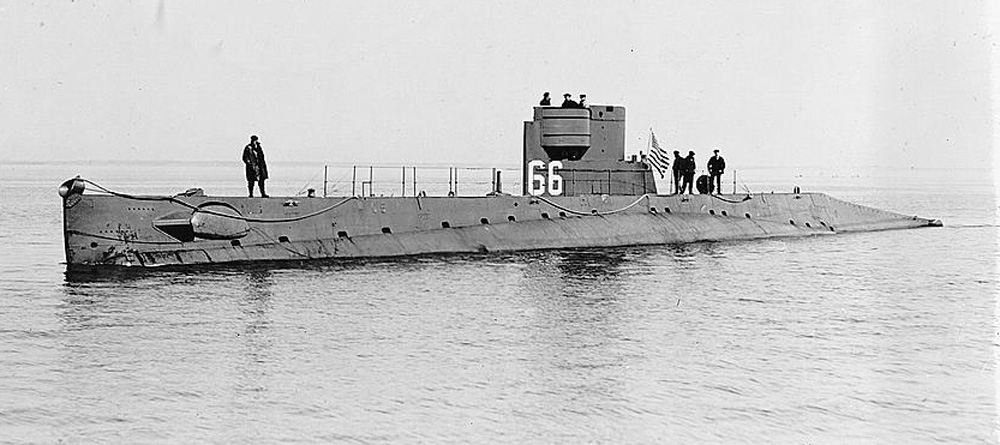



















 Gary Childs of Paxton Massachusetts, my uncle, was one among hundreds of sailors and marines who fought to bring the fire under control. He was below decks when the fire broke out, leaving moments before his quarters were engulfed in flames. Only by that slimmest of margins did he and any number of sailors aboard the USS Forrestal on this day in 1967, escape being #135.
Gary Childs of Paxton Massachusetts, my uncle, was one among hundreds of sailors and marines who fought to bring the fire under control. He was below decks when the fire broke out, leaving moments before his quarters were engulfed in flames. Only by that slimmest of margins did he and any number of sailors aboard the USS Forrestal on this day in 1967, escape being #135.




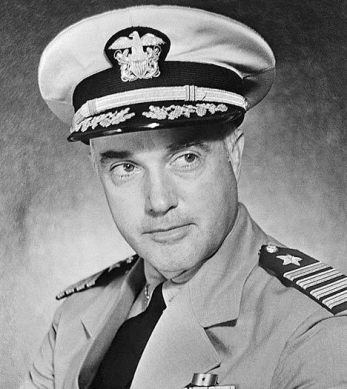











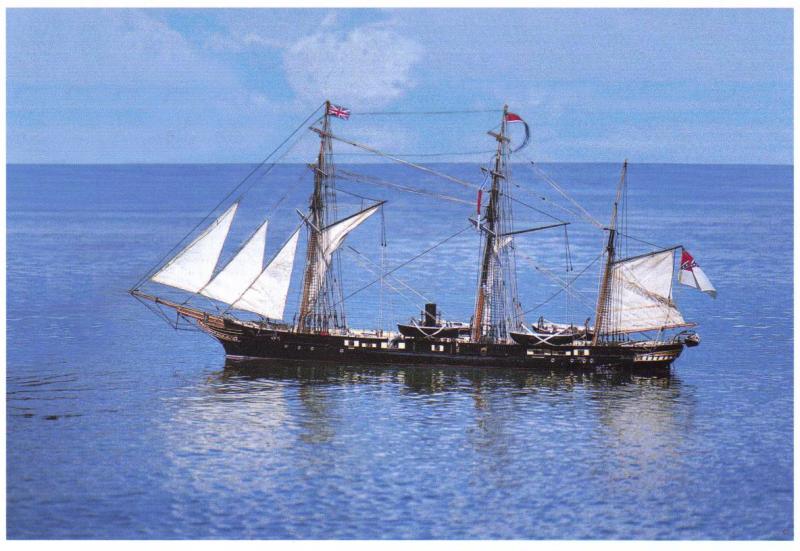


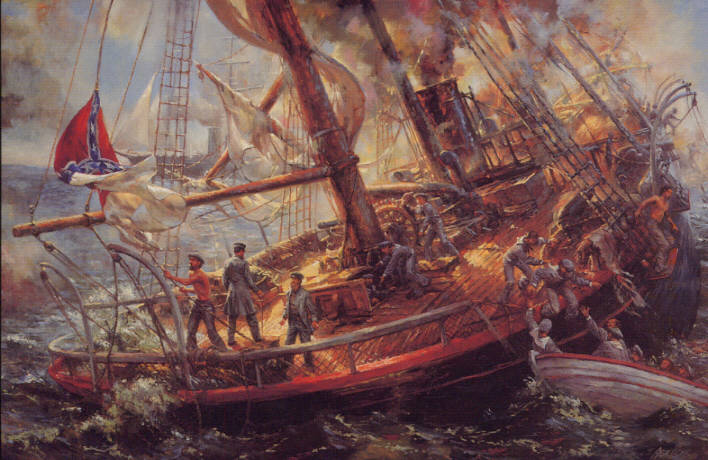

You must be logged in to post a comment.